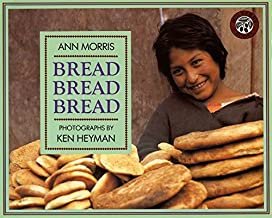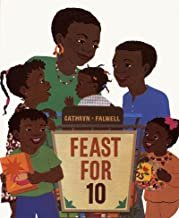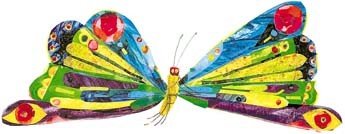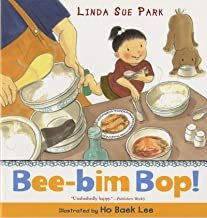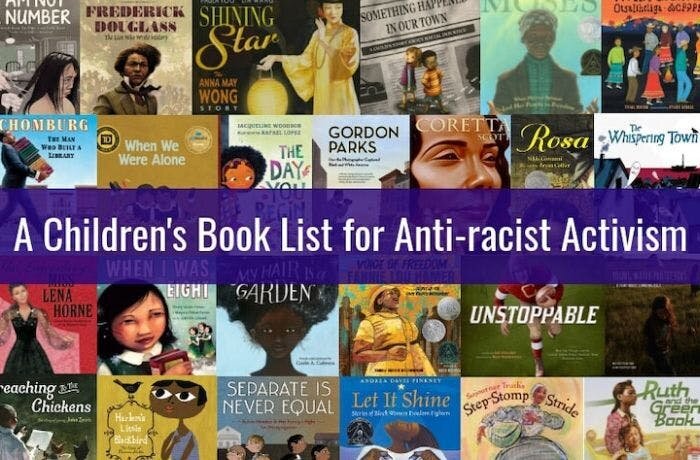Kids Book about Racism read on You Tube by Author Jelani Memory, who is multiracial.
ARTICLES
Talking Race With Young Children - NPR
Some highlights of this story:
Even babies notice differences like skin color, eye shape and hair texture. Here's how to handle conversations about race, racism, diversity and inclusion, even with very young children.
A few things to remember:
Don't shush or shut them down if they mention race.
Don't wait for kids to bring it up.
Be proactive, helping them build a positive awareness of diversity.
When a child experiences prejudice, grown-ups need to both address the feelings and fight the prejudices.
When the News is Scary - NPR
Here’s a quick summary:
Limit children’s exposure to news.
For big stories, ask: "What have you heard and how are you feeling?" While it's important to limit your kids' exposure to potentially frightening media, some stories are simply too big to avoid. And as kids get older, if they don't hear about it at home, they'll almost certainly hear something from classmates at school. Tara Conley, a media researcher at Montclair State University, says adults should choose a quiet moment to check in with their kids, maybe at the dinner table or at bedtime. The idea, she says, is to allow kids to "ask questions about what they're seeing, how they're feeling and what do they think." In other words: Give kids a safe space to reflect and share.
Give simple facts, in context.
When they ask why something happened, avoid labels like "bad guys." Evan Nierman, a father of two, lives in Parkland, Fla. His son turned 11 the day after the 2018 shooting at Marjory Stoneman Douglas High School, and his daughter was 8. He says one of the toughest moments for him as a father was when his kids asked why the shooting happened. "And there's obviously not a great answer for that. It's hard to explain." Truglio says we should resist the temptation to label anyone "bad guys" or "evil." It's not helpful, and it may increase fear and confusion. Instead, she says, talk about people being in pain, being angry and making bad choices. That's what Nierman and his wife settled on, telling their children that the shooter wasn't well and needed help. And according to Truglio, there's one important thing parents shouldn't be afraid to say: “I don't know”.
Allow your child to process what s/he is experiencing through art and play.
Look for the helpers - and BE a helper.
For parents who are white, this article talks about teaching your children by example.
Mom, why don't you have any black friends?
PODCASTS





